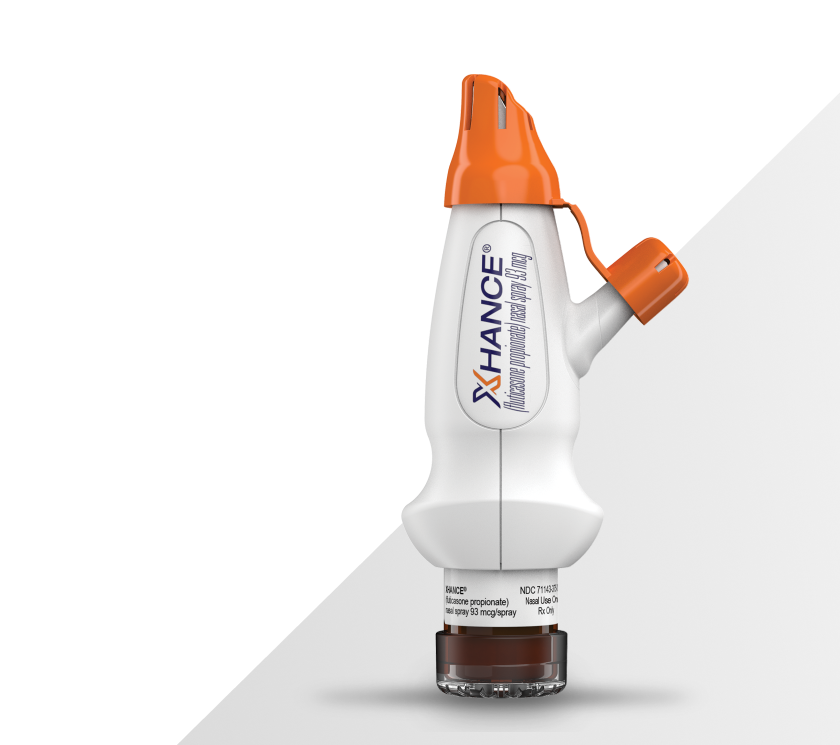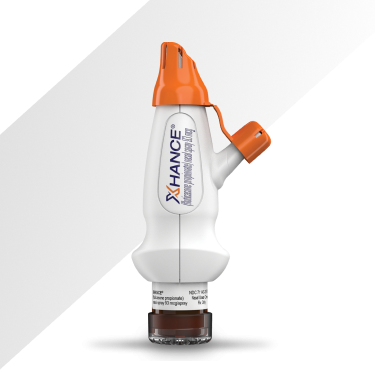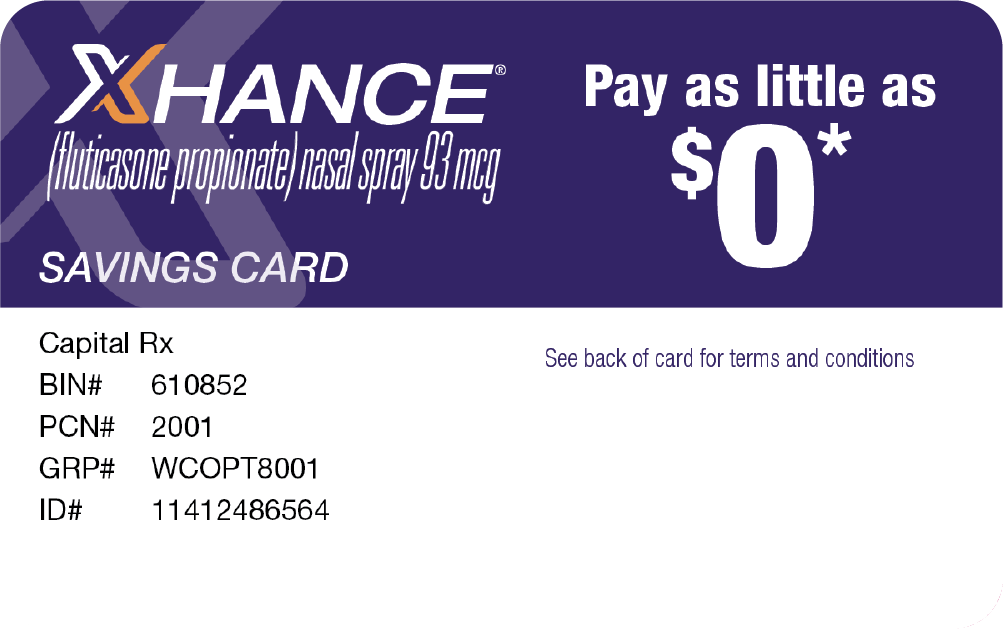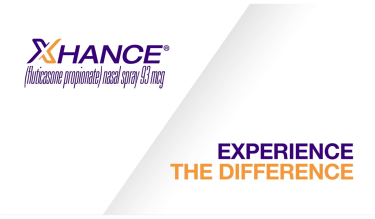
XHANCE is the FIRST and ONLY
FDA-approved treatment for adults with chronic rhinosinusitis without nasal polyps
XHANCE Targets Delivery Where Chronic Sinusitis Occurs1-3
XHANCE uses the Exhalation Delivery SystemTM (EDS®) to reach the site of inflammation3
Explore Clinical Trial Results
XHANCE Targets Delivery Where Chronic Sinusitis Occurs1-3
XHANCE uses the Exhalation Delivery SystemTM (EDS®) to reach the site of inflammation3
Explore Clinical Trial ResultsXHANCE is the FIRST and ONLY
FDA-approved treatment for adults with chronic rhinosinusitis without nasal polyps
Standard-delivery nasal steroids deliver predominately to the anterior nasal cavity with minimal deposition above and behind the turbinates, ostiomeatal complex, and superior nasal regions.3
Eligible, commercially insured patients can pay as little as $0 for their prescription of XHANCE.*
Affordability & AccessDiscover Tools
*These offers are not valid for use by cash-paying patients or patients enrolled in Medicare, Medicaid, and TRICARE or other federal or state programs. Offers are subject to quantity limitations. Maximum benefits per fill apply. Patient cost share may impact benefits and eligibility. Optinose® reserves the right to rescind, revoke, or amend this offer without notice. Click here for additional terms and conditions.


XHANCE Resources
Find additional information for patients and healthcare professionals.